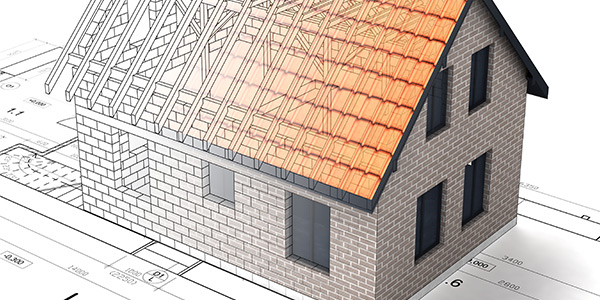Some local-level sustainability leaders in New York state are making headway with the legal pathways that they believe will help decarbonize their buildings and meet emission-reduction targets.
The city of Ithaca expects to adopt an energy code supplement this spring that would require net-zero-carbon buildings and no fossil fuel use in buildings by 2030.
Speaking during a webinar hosted by New Yorkers for Clean Power on Thursday, Nick Goldsmith, sustainability coordinator for Ithaca, said the draft code offers both point-based and performance-based compliance for buildings.
The point-based option offers building developers a certain amount of flexibility by being fuel neutral. Developers must obtain six total points, with each point equating to an upgrade option that achieves up to a 10% emissions reduction. Installation of heat pumps for space heating, for example, would earn two to five points, while electric vehicle parking spaces would earn one to two points.
Ithaca’s draft code is open for public comment through Feb. 17.
Amy Turner, senior fellow at Columbia Law School’s Sabin Center for Climate Change Law, said New York is in the early stages of understanding the legal pathways for municipalities to reach building decarbonization goals.
Changes to building codes are one of two pathways she cited as realistic options. The second option would be for municipalities to use “home rule/police powers,” which “allow cities and towns to regulate within their borders to protect the general welfare and manage their own affairs,” she said.
Berkeley, Calif., used police powers to become the first city in California to ban natural gas in new buildings. A similar approach in Brookline, Mass., however, was rejected by the attorney general because she “deemed the Brookline ordinance to be pre-empted by Massachusetts state laws,” Turner said.
The New York State Energy Conservation Construction Code is one of two building code options that cities and towns can employ, Turner said. Municipalities also can update the New York State Uniform Fire and Building Code, but that option presents a more difficult challenge than energy code updates. If a municipality wants to update a uniform code, she said, it must petition a statewide board and establish that there is a unique local circumstance that warrants the change.
Public Safety
Mark Thielking, director of energy and sustainability for Bedford, N.Y., said his town is looking at using police powers to improve emissions from buildings in its jurisdiction.
He said that the town has been working on building emissions for more than a decade, but voluntary action on transitioning to cleaner building technologies is “slow, expensive and not equitable.” (See Study: No Silver Bullet for Fossil-Climate Legal Tension.)
Bedford’s municipal leaders believe it’s possible to translate the legal foundation behind public benefits, such as safe sidewalks or clean drinking water, to cleaning up existing buildings. In those examples, “there was a harm that was happening in the public citizenry and that’s why a law was passed,” he said. “Now, we have a list of harms coming from buildings; GHG emissions or air pollution from burning home heating oil.”
The town’s own experience cleaning up its water supply is illustrative of how it could protect its citizens from building emissions and air pollution. Thielking said the town built a clean water plant to address contamination of its water supply. To do that, Bedford sought financial support from a state authority called the Environmental Facilities Corp. (EFC), which provides assistance to local governments to carry out public health and safety mandates.
EFC has issued $37 billion in water financing over the last 30 years, and Thielking believes such funding can help with clean building mandates.
“Clean drinking water is available to everybody; that is a right by local law,” he said. “Similarly, this high-performance building upgrade process would be available to every building as well. It’s not about credit quality, being wealthy or even owning your building.”



